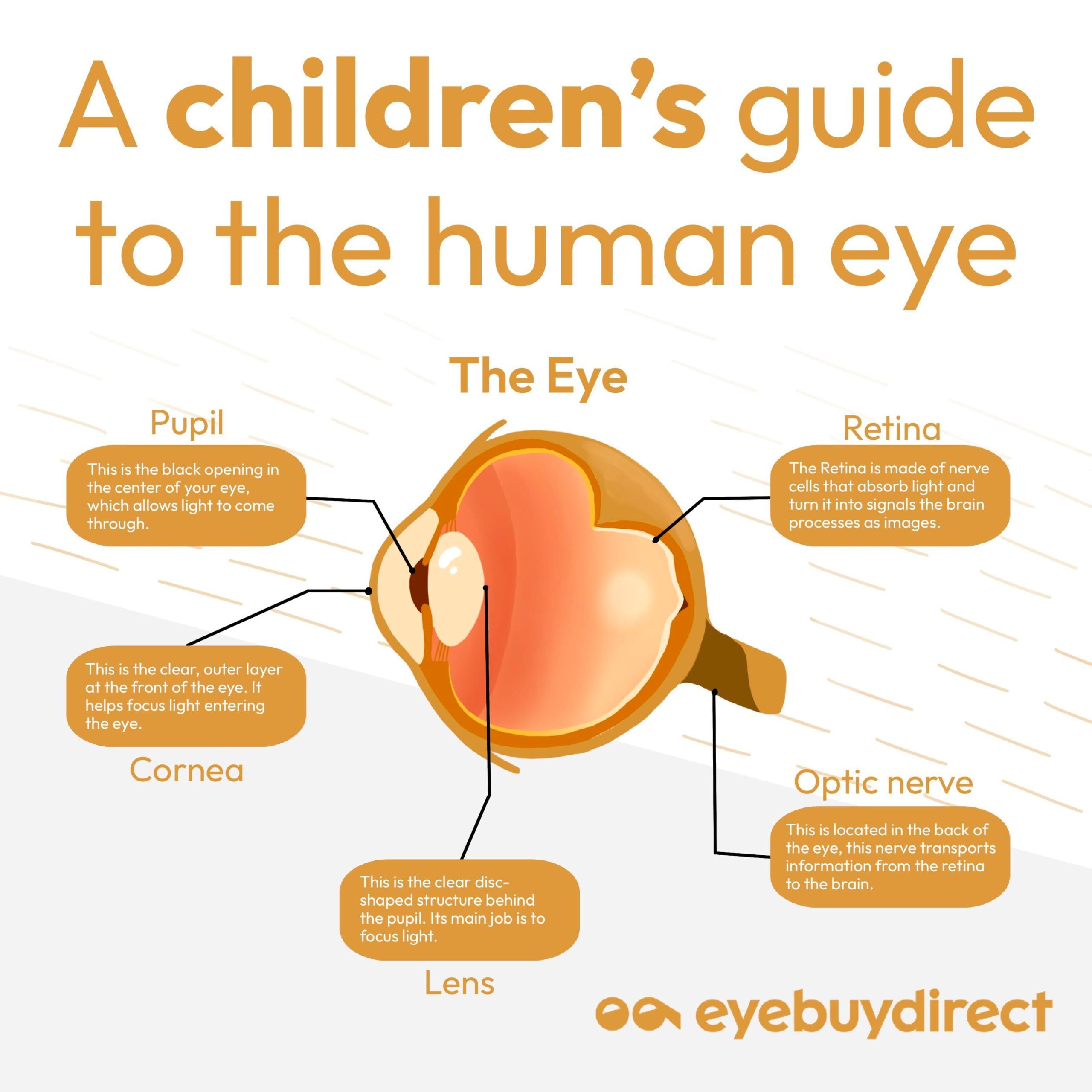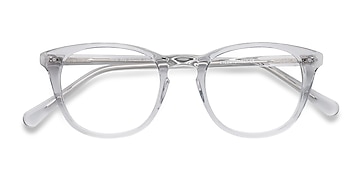Reviewed by Sonia Kelley, OD, MS on 7/26/2023
Remember the last time you saw a colorful rainbow, watched an exciting film, or read your favorite book? Your eyes make these experiences — and more —possible.
So, have you ever thought about how your eyes work? You can imagine them as powerful cameras with special lenses and screens. And there’s plenty more where that came from. Get ready to discover eight interesting — and strange — eye facts for kids.
Let’s dive in and learn together:

1. The Eye Works Like a Camera Lens
Eyes are like intricate machines with many moving parts. The front of the eyeball has a clear protective layer called the cornea. Light enters through the cornea and gets focused by both the cornea and the lens onto the retina, a light-sensitive membrane at the back of the eye.
The retina then sends messages to your brain about what you see. And like a camera, your eyes automatically adjust for different distances and lighting conditions.
2. The Eye Can Move in Many Directions
There are six muscles that move the eye in different directions. These muscles allow you to look up, down, side to side, and even diagonally. Some muscles help you focus so that close-up objects appear clearer and sharper.
Your eyes’ ability to focus is called accommodation. Accommodation makes it possible to switch from looking far away to looking up close, and seeing up-close objects clearly.
3. Eyes Can See Three Miles Away or More
So, how far can the human eye see? On a clear day, when there are no obstacles, human eyes can spot objects up to three miles away before the horizon disappears due to the curve of the Earth. And you can see even farther when the conditions are right!
4. Eyes Are Not the Same Size from Birth to Death
Your eyes aren’t fully grown when you’re born. As you go through childhood and puberty, your eyes continue to develop and change in size. Once you reach adulthood, their size remains about the same.
As a kid, you should get regular eye exams with an eye doctor in addition to the vision screenings that are held at school. Your doctor will make sure your eyes are developing as they should, and they can offer advice on keeping your eyes and vision healthy for life.
5. Eyes Can See Up to 60 Frames per Second
Eyes process a lot of information very quickly. They can see up to 60 frames per second (FPS), which means they can scan images at an incredibly fast rate. The more frames you see, the smoother and sharper images appear. Because higher frame rates make it easier to follow objects, you can enjoy fast-moving action movies without missing a beat.
6. An Adult Eyeball Weighs Less than One Ounce
Eyeballs are actually very light. Each one weighs only about 7.5 grams, or one-quarter of an ounce. That’s about the same as a standard No. 2 pencil. This may be why your eyes don’t feel heavy when you roll them or move them to look around.
7. Blinking Protects Eyes from Dirt and Debris
Blinking is a natural way to keep your eyes moisturized and lubricated. But did you know that when you blink, you spread tears across your eyes that wash away harmful bacteria, dirt, and debris? Bacteria can lead to infections and other vision issues, so it’s important to keep your eyes clean and healthy by blinking throughout the day.
8. Human Eyes Can Recognize Up to 10 Million Colors
Your eyes contain photoreceptor cells called rods and cones. Rods help you see in low-light conditions and detect motion, while cones allow you to see colors and fine details. Humans can distinguish up to 10 million different colors with the help of these cells.
Keep Learning About the Human Eye
There’s so much more to uncover about the human eye. It might seem hard to believe that something so small could have such a significant impact on your life! This is why you should maintain regular eye exams and practice proper eye safety and protection.
As a kid, you can protect your eyes from the sun by wearing 100% UV-blocking sunglasses when you’re outside. When playing sports, you can help keep your eyes safe by using the protective gear that’s most appropriate for your activity. For example, wearing helmets with face shields reduces your risk of eye injuries during high-impact sports like hockey and baseball.
Your vision is one-of-a-kind, just like a fingerprint. And it can change over time due to age and vision conditions, including refractive errors. Nearsightedness (myopia) and farsightedness (hyperopia) are types of refractive errors that lead to blurry vision at different distances.
The good news is that your eye doctor checks your vision and eye health every year at your annual eye exam. If needed, they’ll prescribe eyeglasses to correct any refractive errors so you can see more clearly. Wearing glasses can be a fun and exciting way to express yourself — no matter how old you are. We invite you to explore the Eyebuydirect eyewear collection and find the perfect pair of glasses for kids or adults.
If you have any questions about your eyes, don’t hesitate to ask your eye doctor at your next appointment. They will be more than happy to help.
SOURCES
- A Look Inside Your Eyes. Mayo Clinic. March 2022.
- Night Vision. Cleveland Clinic. October 2022.
- Human Eye. Britannica. July 2023.
- How Humans See In Color. American Academy of Ophthalmology. June 2017.







